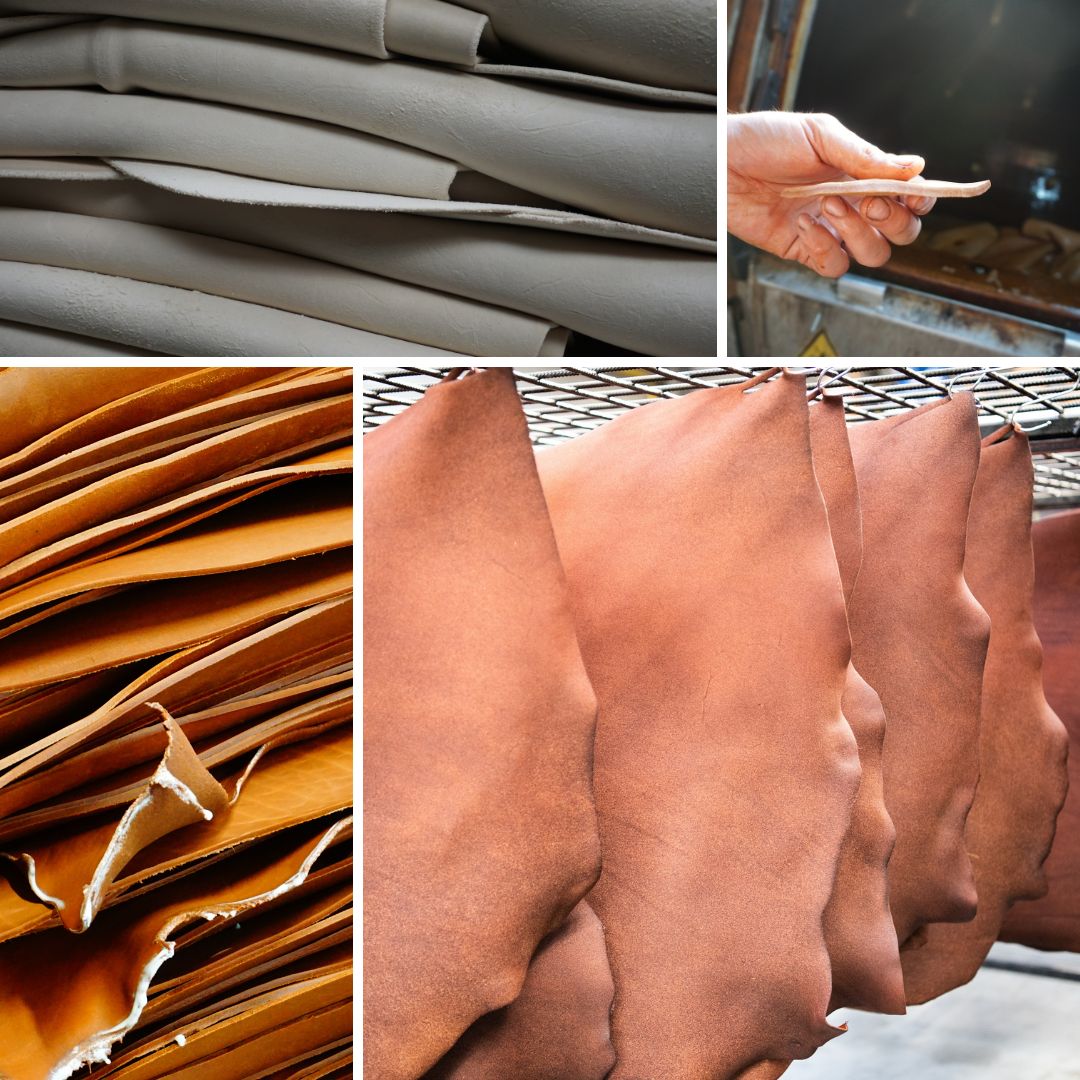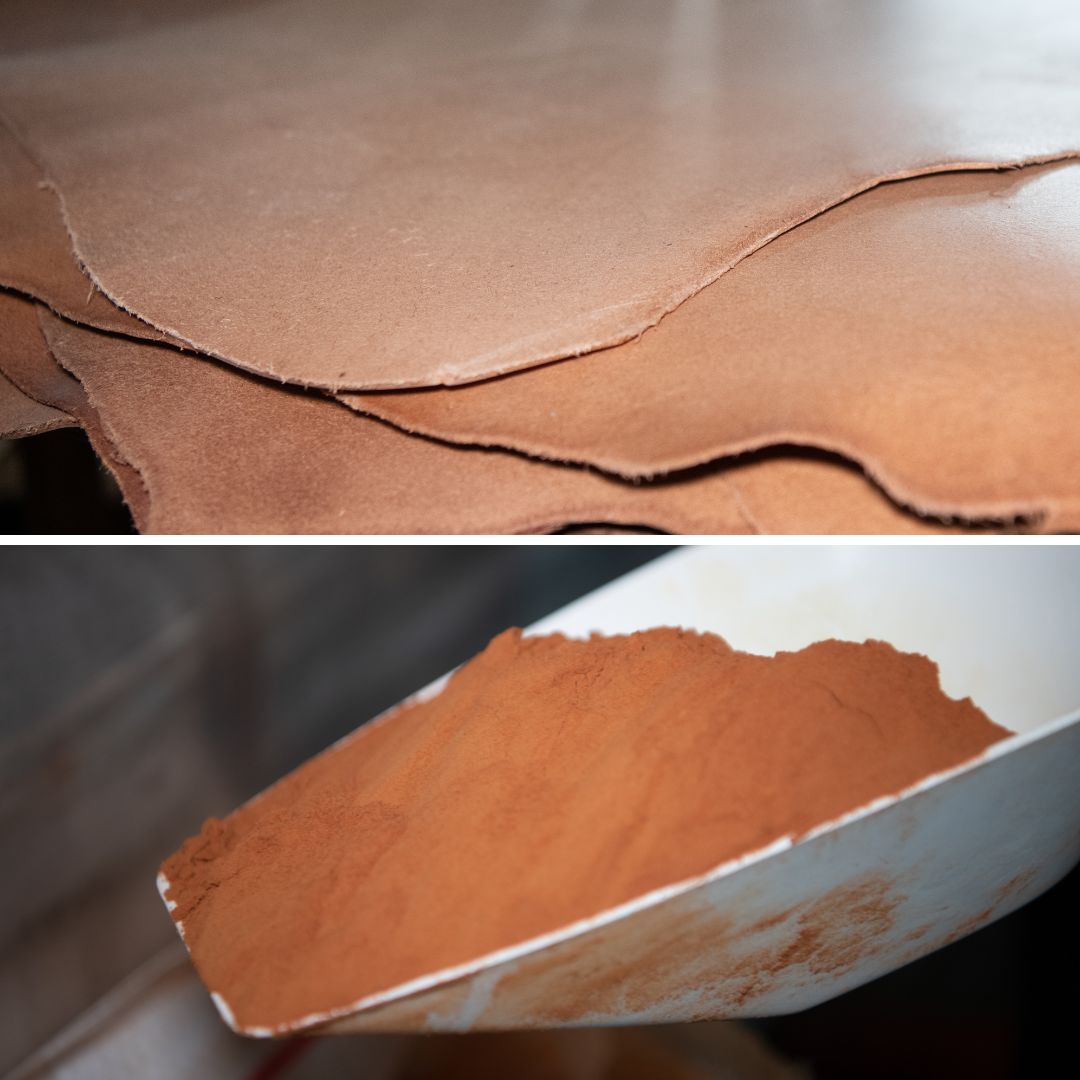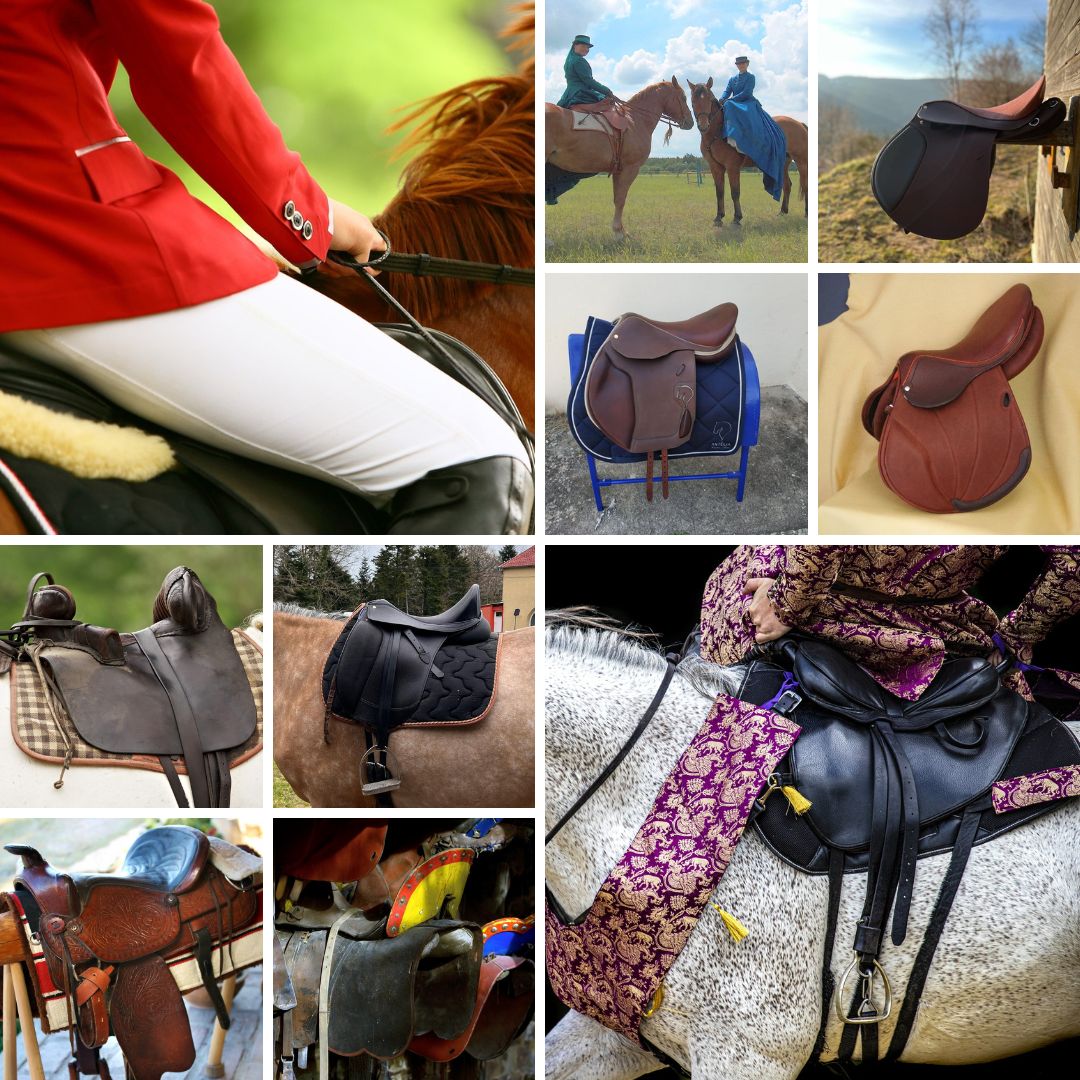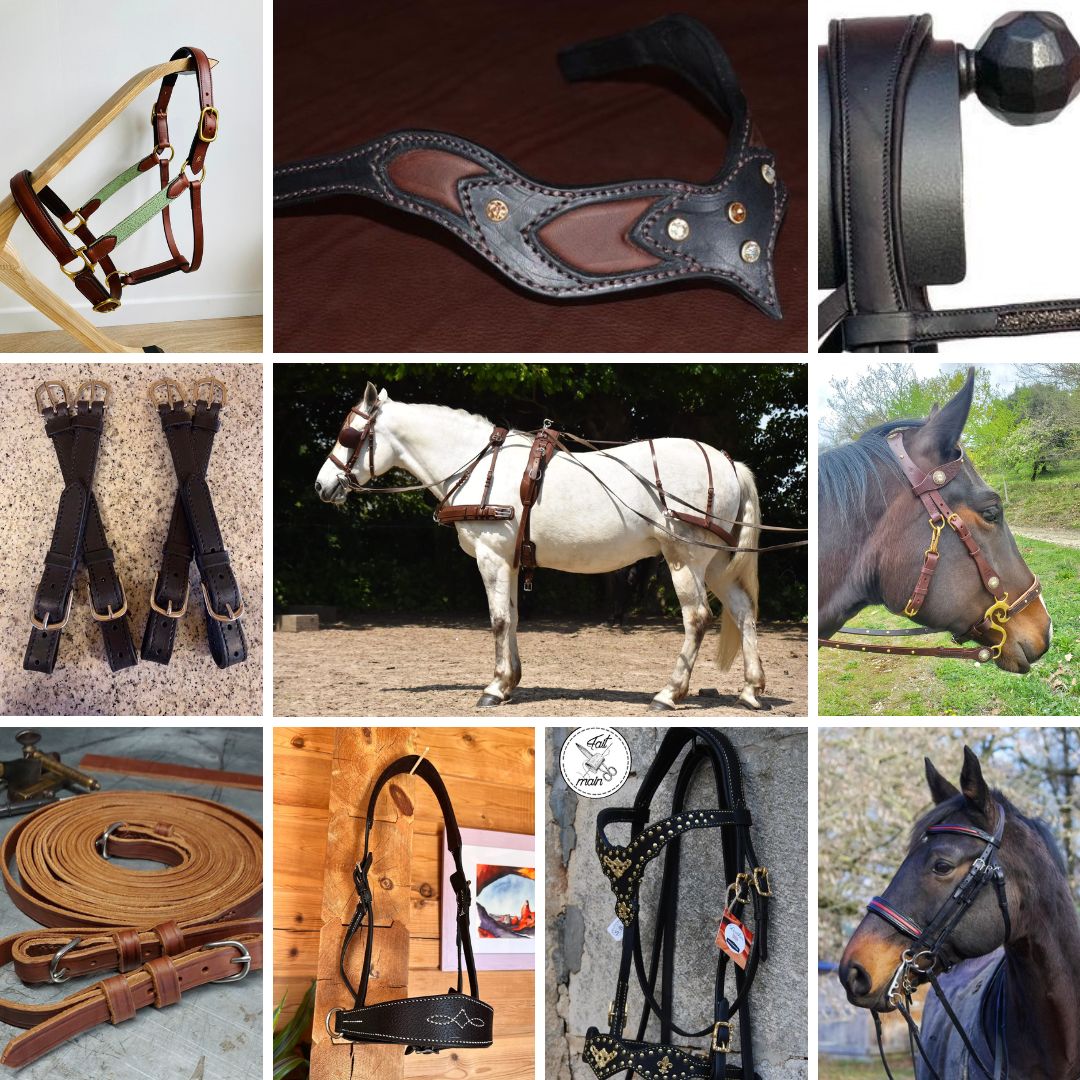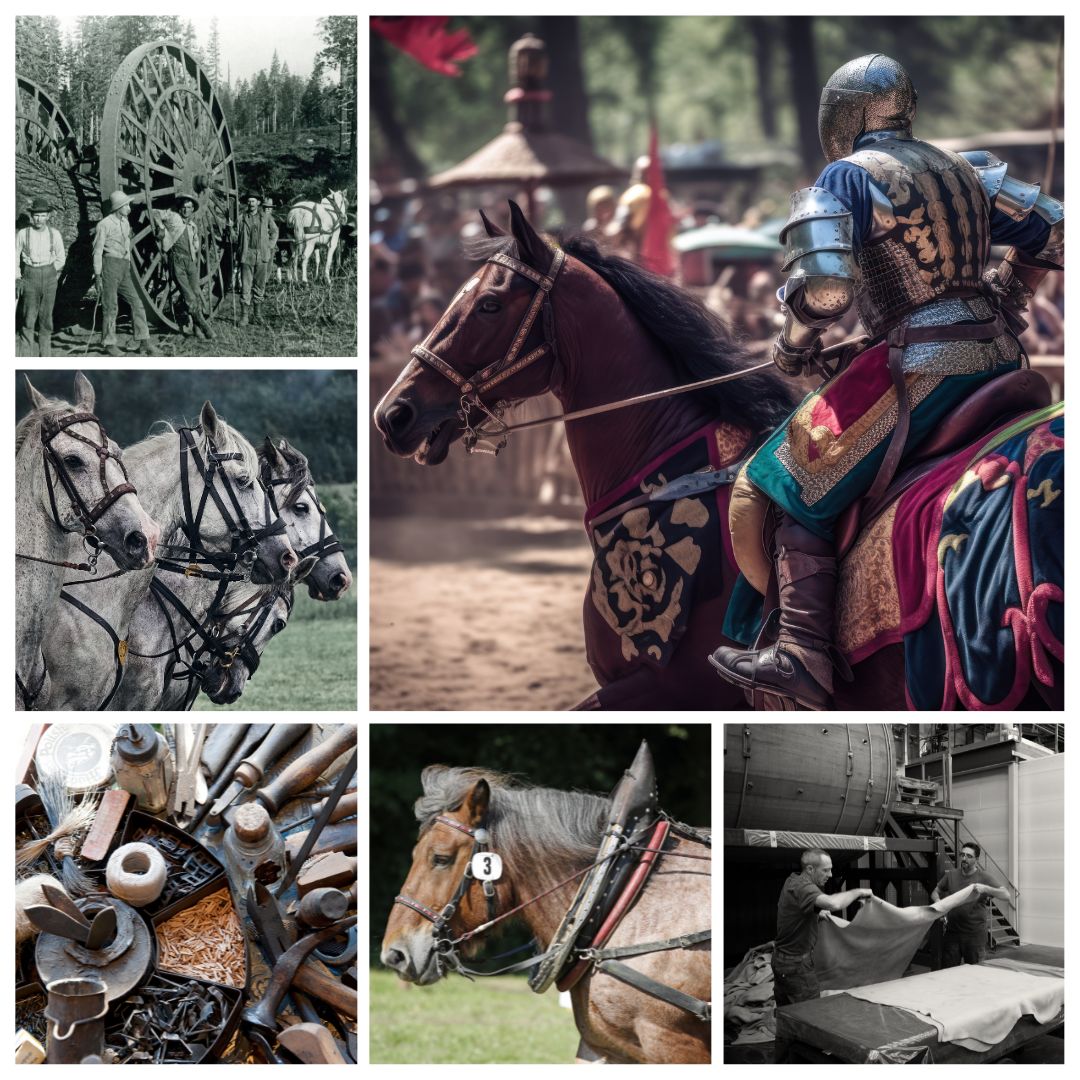Leather is a noble material that requires precision and quality work throughout the process of transforming hides into leather.
Radermecker tannery shares with you the stages of leather production carried out in its new buildings and thanks to its new machines: "Wet work".
Grading of hides
Since our move into our new buildings, we have been subcontracting the river work. We buy the raw hides ourselves and send them to our subcontractor, and receive them as "wet white".
When we receive the wet white skins, we check:
- Defects on the skin: cuts, healed claws, varonas (insect bites)
- The thickness
After verification of these two elements, the skins are graded by thickness, size and aspect of the grain.
During this grading, as explained in our article on hide traceabilityWe mark the hides with the letter A + 2 numbers to identify the origin of the hides.
Leather tanning
Tanning is a process that consists in transforming the hide (previously prepared) into leather, thanks to tannins (of vegetable or mineral origin) that make the hides into leather, making them durable, supple and rot-proof.
Radermecker saddle leathers are mostly vegetable tanned. Vegetable tanningis a much slower process than mineral tanning but above all less harmful to the environment.
The advantages of vegetable tanned leather are numerous. In addition to being more environmentally friendly, vegetable tanned leather is non-allergenic, has deeper, natural shades and time gives this type of leather an unrivalled natural patina.
Thus, the skins are bathed for several days in a drum in a mixture of water and vegetable tannin extracts (quebracho, mimosa, chestnut bark powder, etc.) and fat. Before extracting the hides from the drum, our craftsmen check that the leather is well tanned through.
It is from this state that we can speak of leather.
Tallow - The food for hides in a fat bath
The feeding in a tallow bath is a unique process, specific to Radermecker Tannery. The hides are immersed in a hot fat bath (a mixture of paraffin and beef fat) between 70 and 80°C. During this stage, the leathers gain up to 30% of fat on their structure, i.e. 30% of kg of fat of the weight of the leather. In contrast to saddle leather with hard fat added to the surface, we add this fat to the heart of the leather evenly over the entire thickness. This makes the leather easier to cut and work with, more resistant to water and a constant hand over time.
Tallow allows for maintenance-free leather, as the fat is constantly given to the surface of the leather, giving it the necessary nourishment and a beautiful patina.
Tallow leather is particularly resistant in the outdoor environment. As it is saturated with fat, it will reject any external disturbance (water / salty environment). Its behaviour and appearance will not be altered. This is suitable for intensive wear and tear as well as for the equestrian sector (halters, snaffles or bridles, bridles, bridle reins and hitching equipment).
We then remove the excess grease from the surface of the grain and flesh in drum. Then, either naturally or after a dyeing stage, we switch to mechanical work and dry.
Our saddle leathers concerned by food in tallow baths are : Niagara shoulder, Niagara half-backBoyoma half-back and Boyoma stretched.
Dyeing of leather in drum
The dyed leathers are dyed in drum. For this operation, our craftsmen use the polypropylene drum (the wooden one is used for the leather tanning operation).
Bath dyeing adapts to the fibres of the hide, enhancing and bringing to life their natural differences. The challenge is to colour the leather evenly on both the thickness and the surface.
Particular attention is paid to the non-migration of the colour and the fixation of the colour so that it does not bleed and remains constant during the life of the leather. The grain is also coloured while keeping its skin pores open and therefore always breathing.
After several hours, the hides are removed and dried.
Leather drying
Two types of dryers are used in our tannery, depending on the thickness of the leather:
- suspended drying: thick leathers (like our Niagara saddle leather) are dried in a room equipped with a hot air ventilation system. The aim is to provide homogeneous ventilation in the area at low heat so as not to damage the leather. This allows the leather to dry evenly and thus behave evenly over its entire surface.
- Drying on frames: the finer leathers (such as our Angel saddle leather) are stretched on frames. This has a double function:
- Once the leather is placed on the frame, the rotation of the frame is done to increase the surface area of the frame and thus stretch the entire thin hide evenly and reduce wrinkles and ripples of the hide.
- Drying the leather. This is also a very gentle and even ventilation in the dryer cage so as not to damage the leather.

